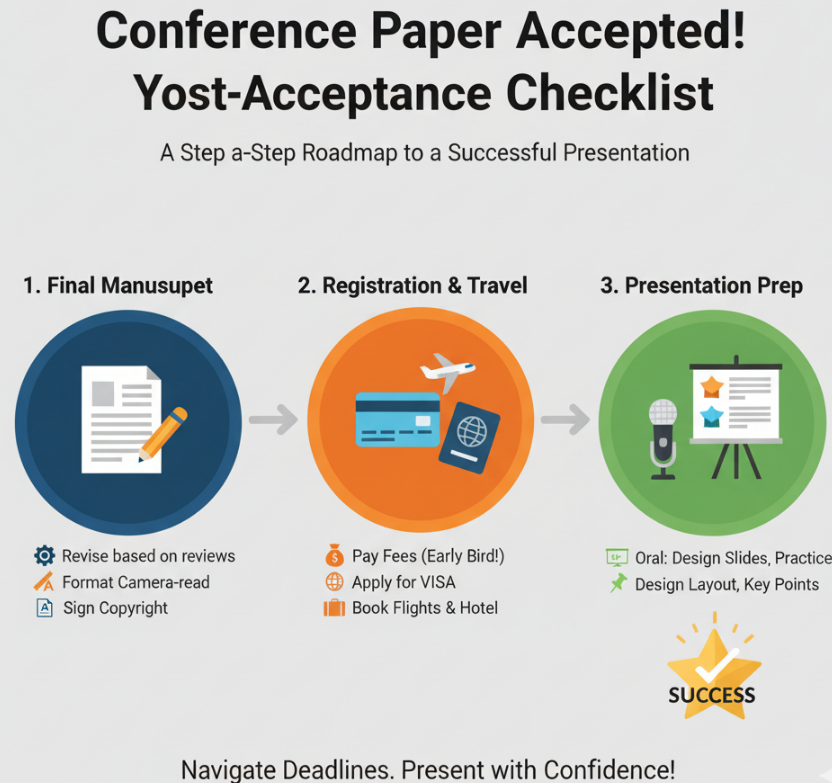You’ve completed your research and written your manuscript. As you prepare to submit it to an academic conference, you encounter a common question: should you apply for an oral presentation or a poster presentation? Understanding the fundamental differences, strategic advantages, and common realities of each format is key to making the right choice for your research and your career goals.

While one is often perceived as more prestigious, the truth is that both oral and poster presentations are valuable, peer-reviewed platforms for disseminating your work. Neither is inherently "better"—they simply serve different purposes. This guide will help you decide which is the right fit for you.
First, let's define the two main presentation styles.
What is an Oral Presentation? An oral presentation is a formal talk delivered to a seated audience in a themed session. You are typically given a strict time slot (e.g., 15 minutes for the presentation and 5 minutes for Q&A) and use slides (like PowerPoint or Beamer) to convey your research. This format is often reserved for research with broad-impact findings that can be communicated effectively in a linear, story-like manner.
What is a Poster Presentation? A poster presentation is a visual, static display of your research on a large board, typically in a large hall alongside many other posters. During a dedicated poster session (usually 1-2 hours), you stand by your poster, and interested attendees can approach you to discuss your work one-on-one. This format is highly interactive and allows for in-depth, non-linear conversations.
Use this framework to guide your decision, based on the nature of your work and your goals for the conference.
You should prefer an ORAL presentation if:
Your research has a single, powerful, and groundbreaking finding that can be told as a clear, compelling story.
The topic has broad appeal that would be of interest to a general audience within your field, not just a small sub-group.
Your primary goal is to maximize visibility and establish your name in connection with a specific topic.
You are a confident public speaker and can effectively convey complex ideas in a short timeframe.
You should prefer a POSTER presentation if:
Your research is visually complex and benefits from detailed graphs, charts, or images that people can study up close.
Your work has multiple interesting findings that don't fit into a single, linear narrative.
Your primary goal is to get detailed, specific feedback from other experts to help refine your work for journal publication.
You are looking for potential collaborators, as the interactive format is perfect for building connections.
You have preliminary or ongoing research that would benefit from deep, exploratory conversations.
It's crucial to understand one final point: while some conferences allow you to state a preference, the final decision is almost always made by the conference's Program Committee.
It is very common for a paper submitted with a preference for an "oral talk" to be accepted as a poster. This is not a rejection or a sign of lesser quality. Top conferences receive far more high-quality submissions than they have oral presentation slots available. An acceptance as a poster means your work passed the rigorous peer-review process and is considered a valuable contribution to the conference. It is still a fantastic achievement and a formal publication in the conference proceedings.
Ultimately, both oral and poster presentations are effective ways to share your research. An oral presentation is a broadcast tool, excellent for high-level dissemination, while a poster is a conversation tool, perfect for deep engagement and networking.
When you submit, make a strategic choice based on your research and goals. But regardless of the format you are assigned, embrace it as an opportunity. Prepare diligently, and focus on clearly communicating the value of your work.